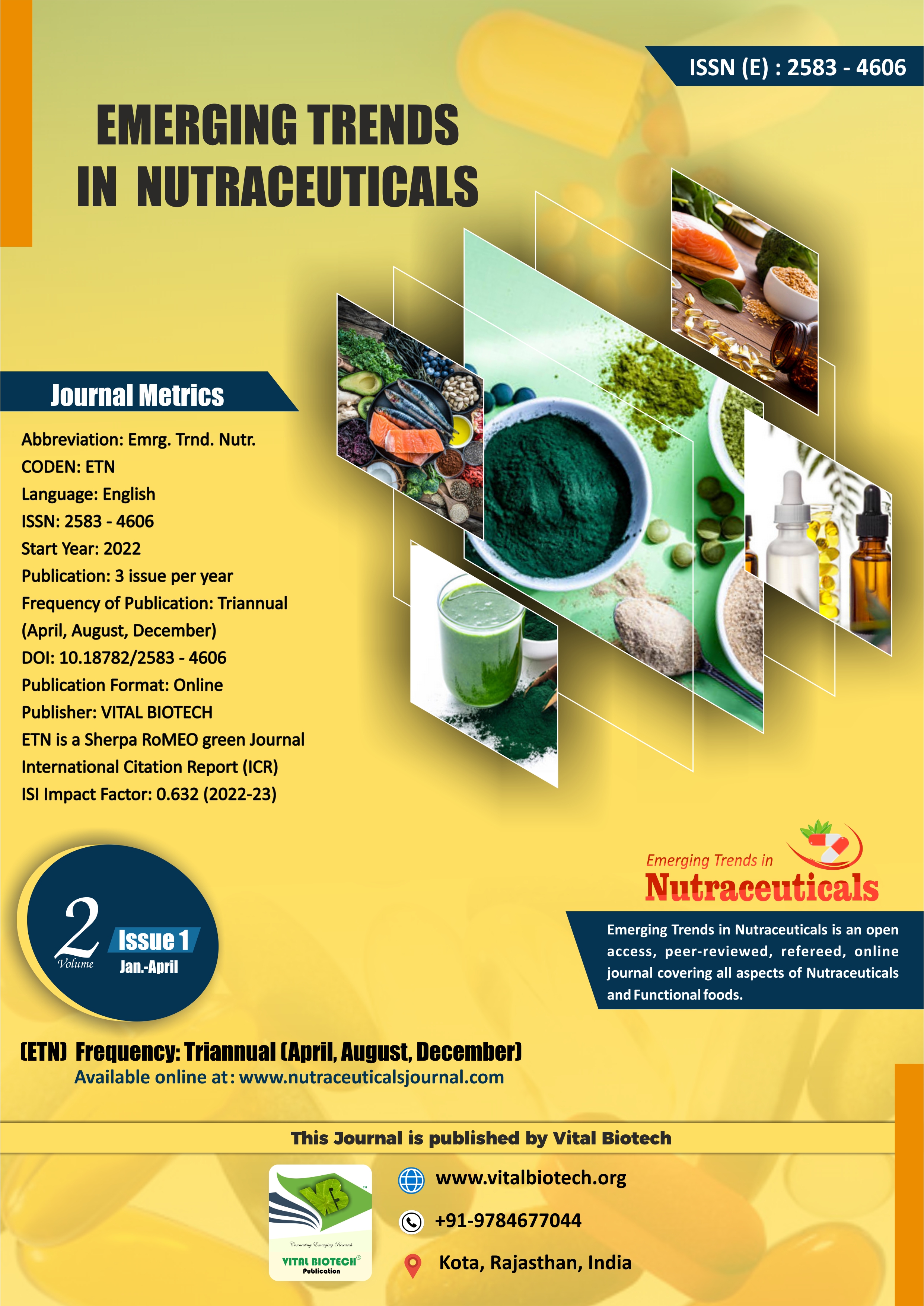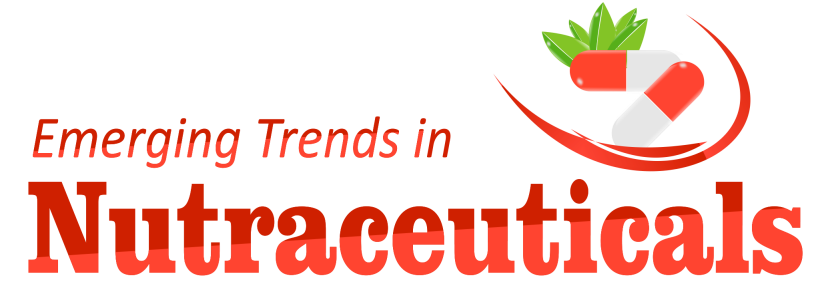
Archives
Emerging Trends in Nutraceuticals (ETN)
Year : 2023, Volume : 2, Issue : 1
First page : (1) Last page : (9)
Article doi: : http://dx.doi.org/10.18782/2583-4606.120
Food Vaccines and their Application in the Treatment of Cancer and COVID-19
S Rehan Ahmad* ![]()
Hiralal Mazumdar Memorial College for Women, Kolkata, W.B, India
*Corresponding Author E-mail: zoologist.rehan@gmail.com
Received: 11.1.2023 | Revised: 24.03.2023 | Accepted: 18.04.2023
ABSTRACT
Transgenic plants and animals are used to make edible vaccines, which also include immunostimulants. Simply described, edible vaccines are medicines made from plants or animals. Oral vaccinations are more accessible and less expensive in less developed nations. The concept of edible vaccines, in which edible plant parts are used in a vaccine factory, was developed by researchers. Putting desired genes into plants and forcing them to produce the proteins expressed in the genes causes plants to produce edible vaccines. Transgenic plants are the end product of transformation, while plant conversion is the act of transformation. The vaccination that can be eaten fosters mucosal immunity. In the gut, dendritic cells can help native T cells activate and transform into follicular T-helpers (Tfh). A dependable, easily absorbed vaccine will produce exact responses from T and B cells. Many plants are used as substitutes for conventional vaccines, including potatoes, tomatoes, bananas, carrots, tobacco, papaya, algae, and many more. Plant-based vaccinations have been developed for several diseases, including malaria, cholera, hepatitis, rabies, measles, rotavirus, diarrhoea cancer, and covid-19 therapy. Creating and selling edible vaccines takes effort and time. Numerous edible vaccinations for diseases affect animals and people through various stages of clinical testing. In this article, the significance of plant-based immunizations is emphasized.
Keywords: Food vaccine, Vaccination, Plant-based vaccines, Transgenic plants, Infectious diseases.
Full Text : PDF; Journal doi : http://dx.doi.org/10.18782
Cite this article: Rehan Ahmad, S. (2023). Food Vaccines and their Application in the Treatment of Cancer and COVID-19, Emrg. Trnd. Nutr. 2(1), 1-9. doi: http://dx.doi.org/10.18782/2583-4606.120

